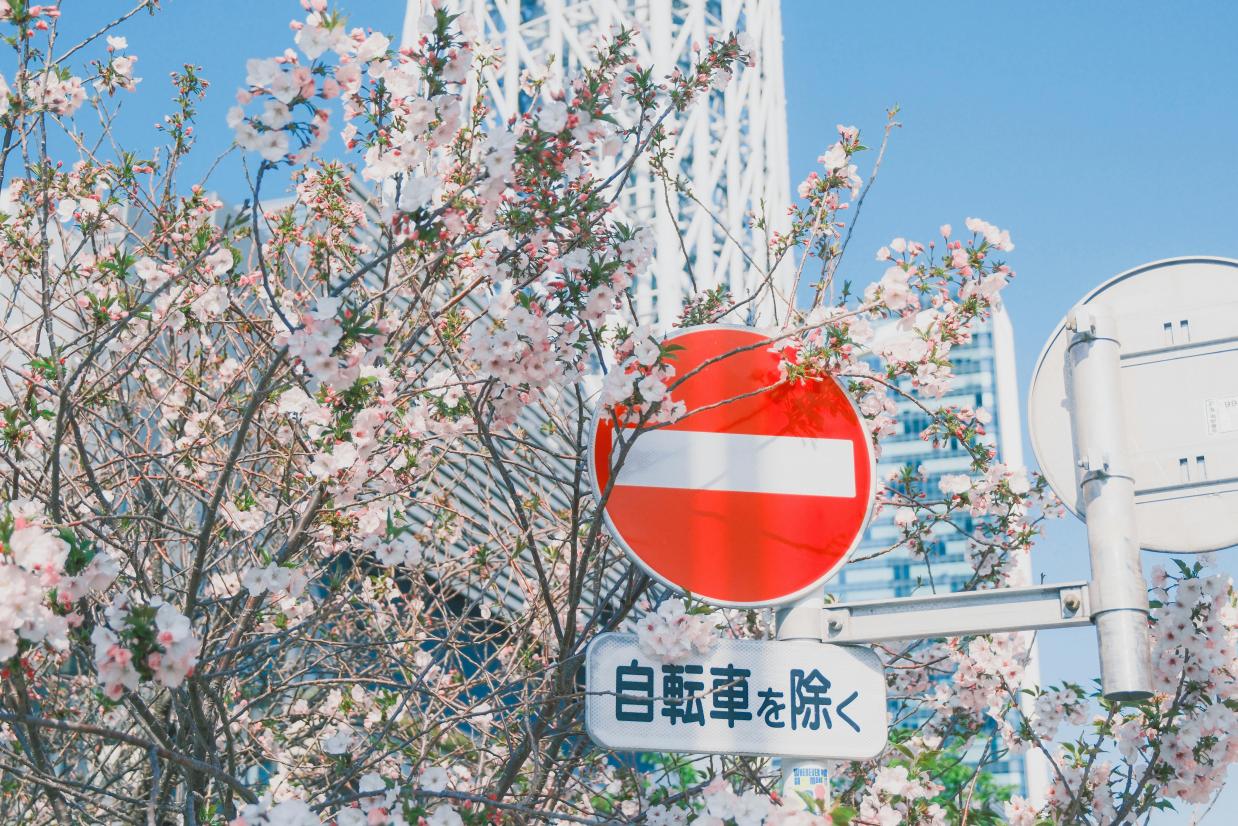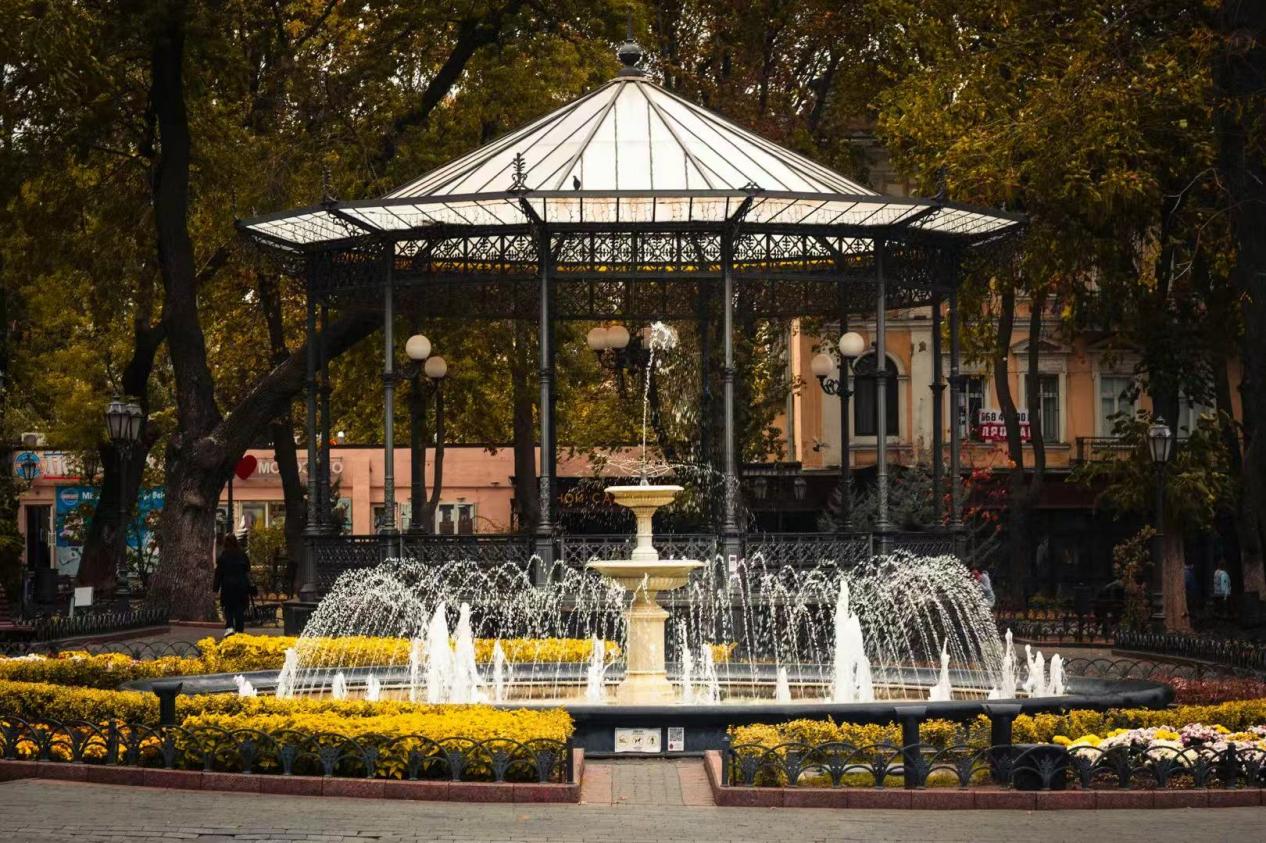When the morning light of Manhattan has not yet penetrated the thick fog of Fifth Avenue, the double-skin system of the Empire State Building in New York has begun to wake up. This building, born in the roaring twenties, was implanted with a "thinking" curtain wall during its renovation in 2010. Behind 2,600 low-emissivity glasses are hidden nano-aerogel layers, which can adjust the thermal resistance coefficient according to the outdoor temperature like a chameleon. What's more amazing is that the microporous diatom mud coating on the inside of the curtain wall is absorbing indoor formaldehyde molecules at a speed invisible to the naked eye. According to data from the Environmental Engineering Laboratory of Columbia University, the energy saved by this system each year is equivalent to 1,500 Tesla Model S cars leaving the streets of Manhattan. When night falls, the photoluminescent material in the curtain wall will continue to provide emergency lighting for 8 hours in the power outage state. This technology extracted from deep-sea krill luminescent protein makes the building a life coordinate of the city in the dark.

The Swiss Re headquarters building in London is affectionately called the "Gherkin" because of its cucumber-like appearance. Its facade is covered with 6,000 adjustable blinds, and their opening and closing rhythm follows a precise mathematical model - the angle of each blind is programmed to be at a golden ratio with the sun's trajectory, and is linked to the wind vane. Even more amazing is the "biological breathing unit" in the curtain wall: embedded transparent bioreactors cultivate halophilic algae, which not only filter the air entering the building, but also generate microcurrents in photosynthesis to power the building. According to a research report by the Swiss Federal Institute of Technology, this system can capture 120 tons of carbon dioxide per year, which is equivalent to planting a vertical forest on the banks of the Thames.
The curtain wall of Tokyo's Shiodome Media Tower is redefining the visual contract between people and the city. The building's pixelated skin is composed of 12,000 individually controllable liquid crystal glass panels, which form the world's largest dynamic sundial. By capturing changes in ultraviolet intensity, the curtain wall can adjust its transparency in real time, turning into a frosted screen under the scorching sun and a transparent crystal on rainy days. What's even more fascinating is that the main facade of the building is designed as an intelligent mirror that can reflect the surrounding environment. When a cargo ship passes by in Tokyo Bay, the curtain wall captures the outline of the hull and transforms it into a flowing light and shadow matrix. This "architectural skin memory" makes the cold glass curtain wall a living archive that records the pulse of the city.

The curtain wall of the Burj Khalifa in the United Arab Emirates is writing a new chapter in desert architecture. The facade of the world's tallest building adopts a three-level protection system: the outer honeycomb aluminum plate draws on the back structure of the sand dune beetle and can reflect 83% of solar radiation; the middle vacuum insulated glass unit is like the air chamber of a desert cactus, isolating the external high temperature of 45°C; and the innermost electrochromic glass can seamlessly switch between transparency and atomization according to the indoor lighting requirements. Even more amazing is that the wind turbines on the top of the tower convert the sandstorms raging in the desert into energy - when sand hits the specially coated blades, the static electricity generated is collected to charge the building's emergency lighting system. According to the Dubai Future Energy Lab, this system can withstand 37 sandstorms each year while generating enough clean energy to power 1,200 households.

When the shell curtain wall of the Sydney Opera House rippled silver under the scorching sun of the southern hemisphere, we were shocked to realize that the curtain wall is no longer just the outer coat of the building, but the neural interface between the city and nature. In Copenhagen's "Octagonal Building", the transparent solar photovoltaic glass curtain wall can adjust the power generation efficiency according to the activities of the people indoors; in Cape Town's diamond trading district, the self-cleaning curtain wall can use the minerals in rainwater to regenerate its own coating; in Singapore's Marina Bay, the "breathing" curtain wall uses a micro wind tunnel design to deliver fresh air filtered by plants to office workers on each floor. When architects weave fluid mechanics, bionics and material science into the genetic code of curtain walls, these vertical skins are silently rewriting the survival rules of buildings - from energy consumers to environmental collaborators. Perhaps one day in the future, when our fingers gently touch the surface of the curtain wall, what we feel will no longer be cold glass, but the warm pulse of the building breathing gently in the breeze.





